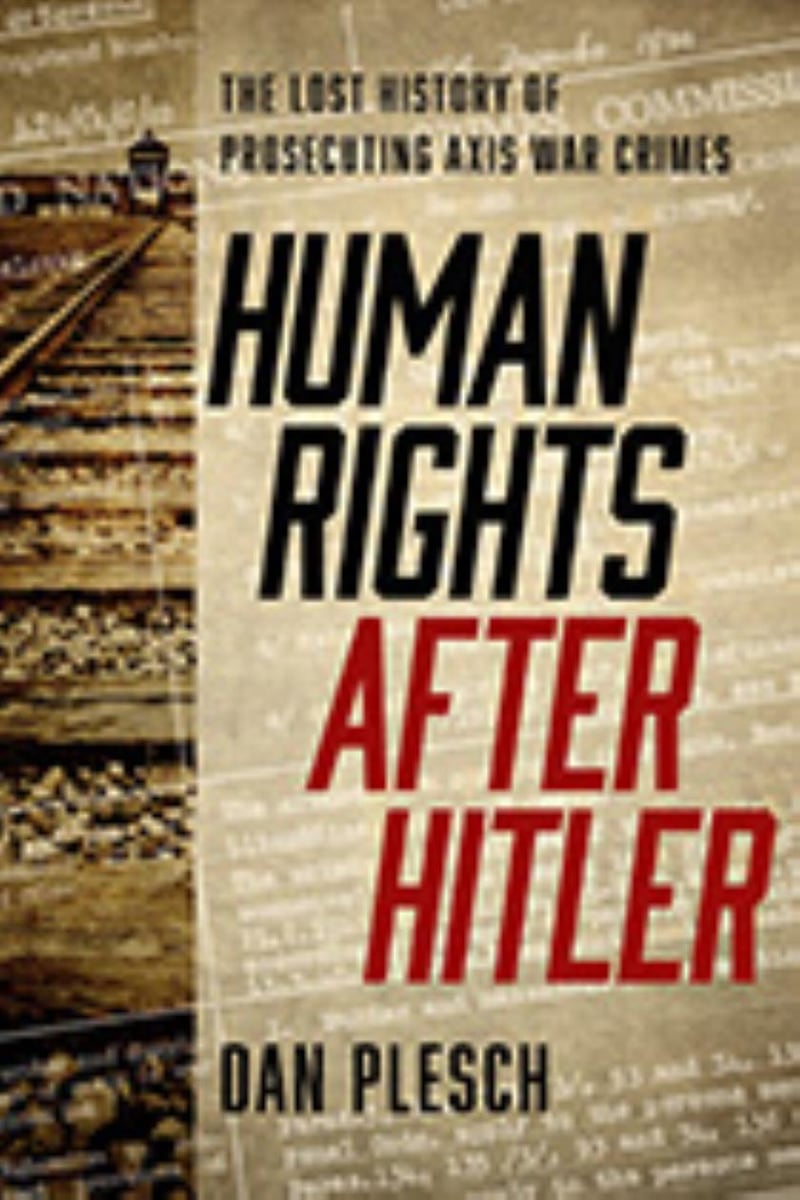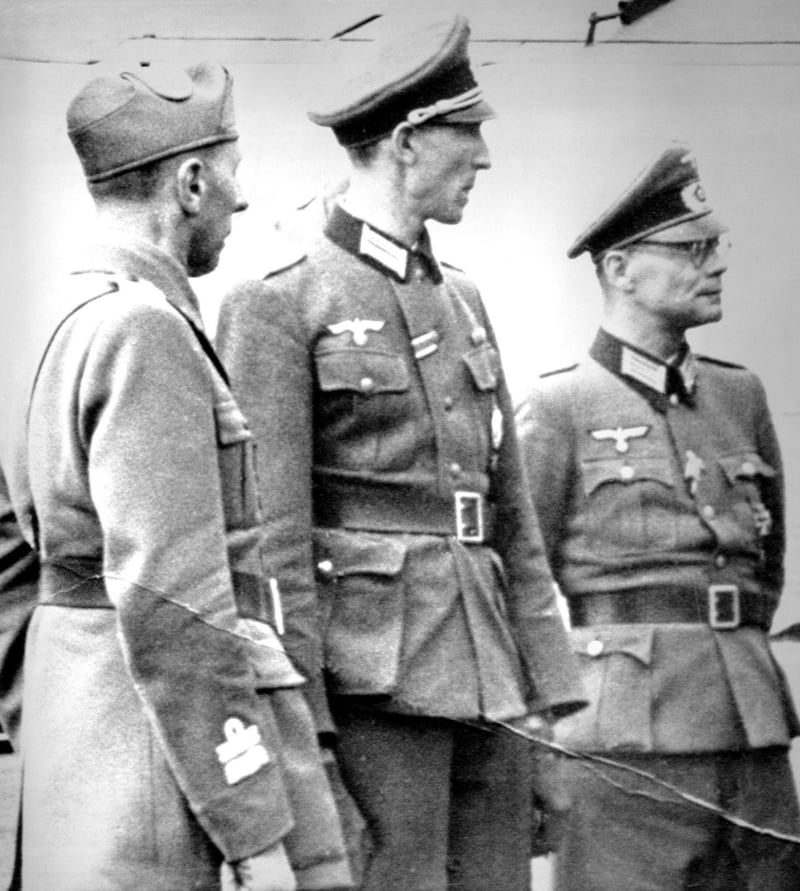Everyone has heard of the Nuremberg trials that took place after the second World War to try the Nazi leaders for war crimes and crimes against humanity. But there was another international organisation, forgotten for 70 years that, while it did not actually try the individuals for these crimes, acted as a grand jury or examining magistrate and sent individuals forward for trial in their own countries.
According to author Dan Plesch the United Nations War Crimes Commission was remarkably successful during the relatively short time that it operated, from 1944 until early 1948. It processed more than 8,000 cases involving 36,000 individuals and units that were approved for prosecution over scores of civil and military tribunals in countries as far away as Ethiopia and China.
However, the author reveals that this work of the commission, which he rates as more valuable than the Nuremberg Trials, was systematically suppressed by the American and British governments.
The two governments worked diligently from the outset behind the scenes to hamper the work of the commission, eventually withdrawing funding (never generous, anyway) ensuring that it would disappear. With the onset of the cold war the American and British governments thought it better to have Germany (or at least the western half of it) and later, Austria, on the side of the free world, even if it meant allowing war criminals and Nazis who had enslaved millions to escape prison and the gallows and enjoy that free world.

The Americans ensured that the entire archive was sealed and made secret despite the opposition of the commission itself, which wanted the record made public for posterity as well as lawyers from the US military. The secretary-general of the United Nations, Kurt Waldheim, was probably only too happy to keep the archive under lock and key.

Perhaps this was because he had been indicted by the commission for war crimes during his time in Yugoslavia. The complete archive of more than 370,000 pages was released in 2014, after 70 years gathering dust.
This sealing of the archive was done, in the case of the Americans, despite the best efforts of Herbert Pell, one of the unsung heroes of the campaign to put the Nazis on trial for war crimes and what came to be known as crimes against humanity. At the time the differentiation was made between illegal acts done by one belligerent state against another belligerent state or its citizens (“war crimes”) and heinous acts done by a state to its own citizens (“crimes against humanity”). This separate formulation was used by Pell, the American representative on the commission until he was, effectively, thrown under a bus by US president Franklin D Roosevelt and the state department in January 1945.
Having closed down the commission, the next step for the free world was to release the Nazis from prison. Nazi soldiers and prison guards made infamous in the film, The Great Escape, who were responsible for the execution of 50 escapees from Stalag Luft III and were awaiting trial for war crimes, were released in 1948.
The author deals with the question of who knew what when in the context of Hitler’s policy of the extermination of European Jewry. He makes the case that it is absurd to say, as some do, that the Allies did not know about Hitler’s extermination policy and only learned about it on discovering the death camps. He notes that that the Allies made a declaration as early as December 1942 about Hitler’s policy and that retribution would await the perpetrators.
The author must be congratulated for his personal efforts in securing the release of the archive as well as for this well-written history of how a valuable legal resource was kept for decades hidden from the public in denial of their right to know.











